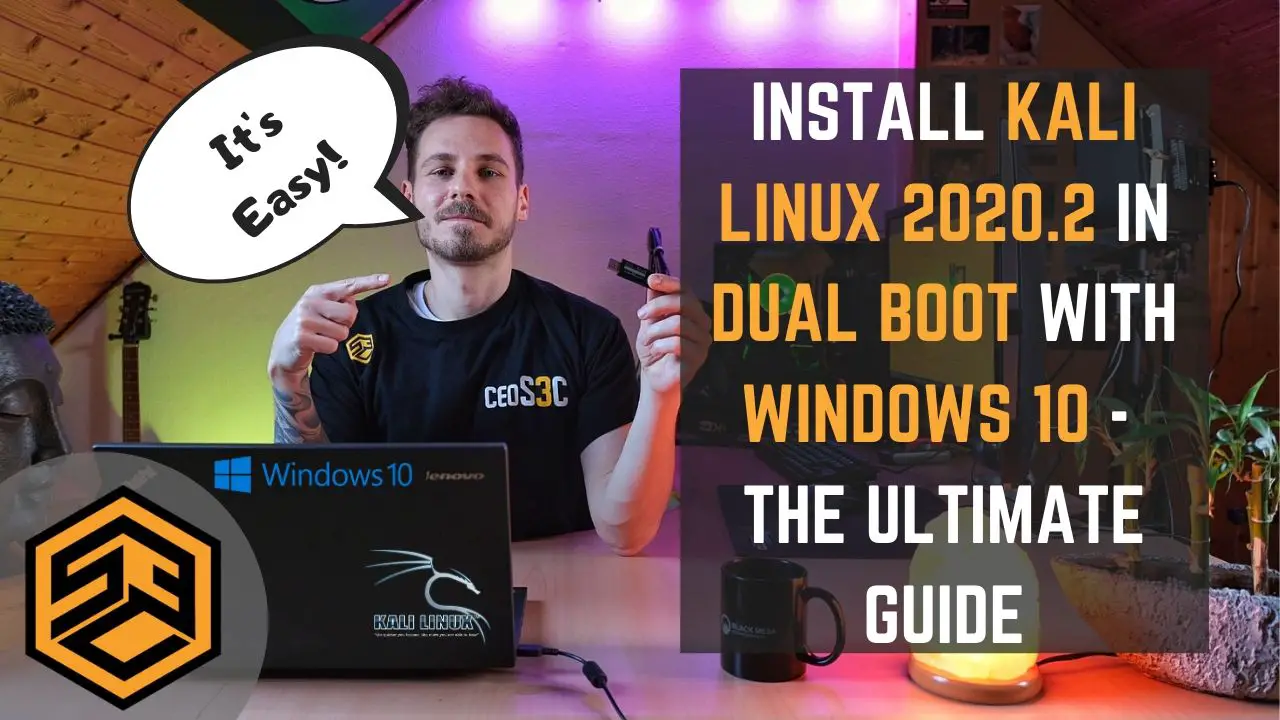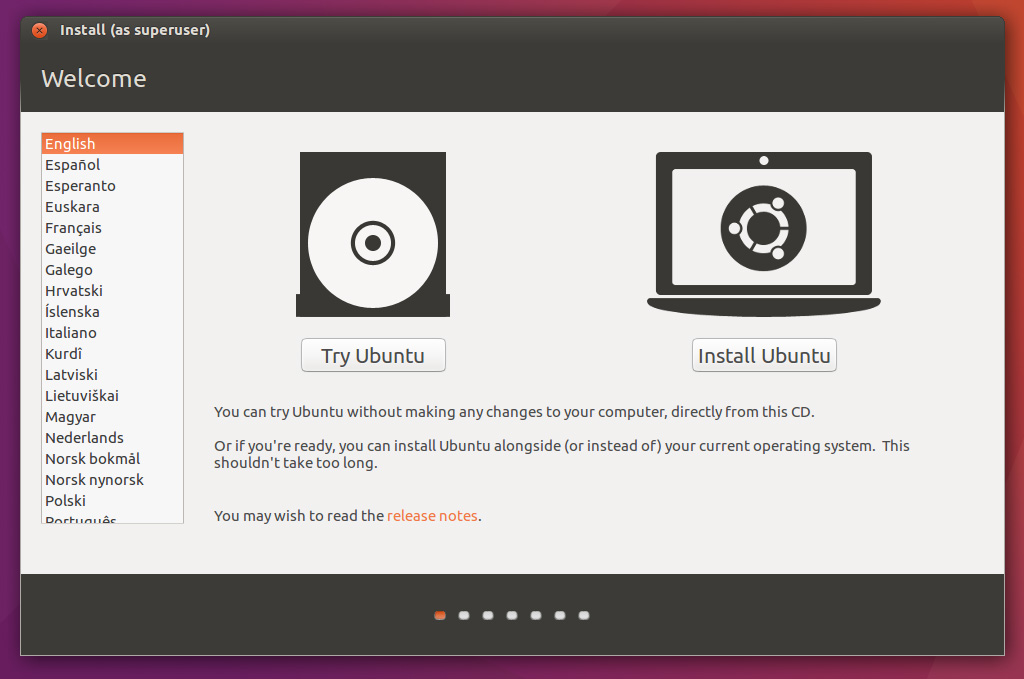
- #Easy to boot linux how to#
- #Easy to boot linux mac os x#
- #Easy to boot linux install#
- #Easy to boot linux portable#
After completing the settings, click "OK" to create the boot option, then move rEFInd to the top of the boot order list as the priority startup item. In this page, select the type as "Linux or other OS", enter "rEFInd" as the description, select the ESP partition that rEFInd has been copied into, then click the "Browse" button and select "\EFI\refind\refind_*.efi" as the file path (Please note that you need to select the corresponding efi file according to the architecture of your computer). Return to the main page of the program, click the button, then click the button. After all the above operations are completed, click the "Exit" button to close the EFI System Partition Explorer. In the dialog box that pops up, rename "nf-sample" to "nf", and then click "OK". After the upload is complete, right-click "nf-sample" in the refind directory and select "Rename". Select the refind in the directory extracted from the rEFInd compressed file, then click "OK" button to upload it. Right-click on the EFI directory and select "Upload".
#Easy to boot linux install#
Select the EFI System Partition (ESP) where you want to install rEFInd in the disk/partition list, then click the "Open" button to open the EFI System Partition Explorer.

Download, install and run EasyUEFI, click the button, and then click the button. Download rEFInd from rEFInd's official website, and unzip it if it is a compressed package. Tutorial to set up multi-boot of Windows, Linux and Mac using rEFInd and EasyUEFI.
#Easy to boot linux how to#
Below we'll show you how to set up multi-boot of Windows, Linux and Mac using rEFInd and EasyUEFI. EasyUEFI is a Windows software for users to manage EFI boot options and ESP partitions, it is the tool recommended by rEFInd official. If the refind-install script does not work properly or you want to install it using Windows, you may need to use EasyUEFI to complete the installation and configuration.
#Easy to boot linux mac os x#
Under Linux and Mac OS X operating systems, you can use refind-install script to install rEFInd, it automatically copies rEFInd's files to the EFI System Partition (ESP) and makes changes to the firmware's NVRAM settings so that rEFInd will start the next time you boot. rEFInd is one of the most popular multi-boot managers on the market.

As of now the only conclusion I can draw is that the USB drive you're using is dead and was dying beforehand as the tool etcher specifically has worked just as well as similar tools and has not caused this issue with other people I've talked to who have used it extensively.REFInd is a boot manager for UEFI computer that will allow you to choose between Windows, Linux and Mac OS X, and other operating systems when you boot your computer, it can auto-detect your installed operating systems and presents a pretty GUI menu these operating systems. Your USB not booting in previous attempts and getting worse after another format is very similar to a situation I was in where a micro SD card I had was problematic and ended up dying after I kept trying to reformat it. This is the case for both of my modern motherboards that have been in my main rig (a B150M board and 78LMT board) as well as my 2013 Dell Inspiron laptop with Ubuntu, Kubuntu, and various versions of Linux mint.Īt this point I have to be lead to assume that the specific USB drive you've been using is problematic itself as it was having issues with booting beforehand and the issues only increased once you used other tools to format it again. On all of my verified working drives I've just booted from the USB without changing anything specific in the bios of the computer I'm installing to and it would work out of the box. Not sure where the original issue stems from.

#Easy to boot linux portable#
I've reformatted the same card over a dozen times with Etcher, Rufus, UUI, and some other portable tools and it never ended up like that so I have no perspective as to how etcher specifically would've done something to cause issue with the drive as opposed to other tools that perform the same function. I can't help but be lead to believe there's another variable in play that caused issues. Sorry that your situation ended with those results.


 0 kommentar(er)
0 kommentar(er)
